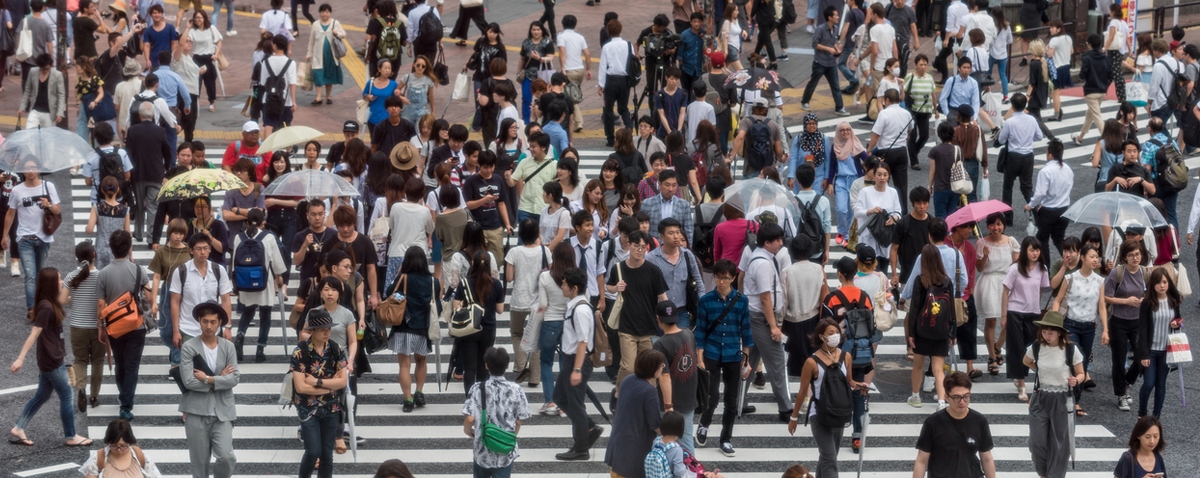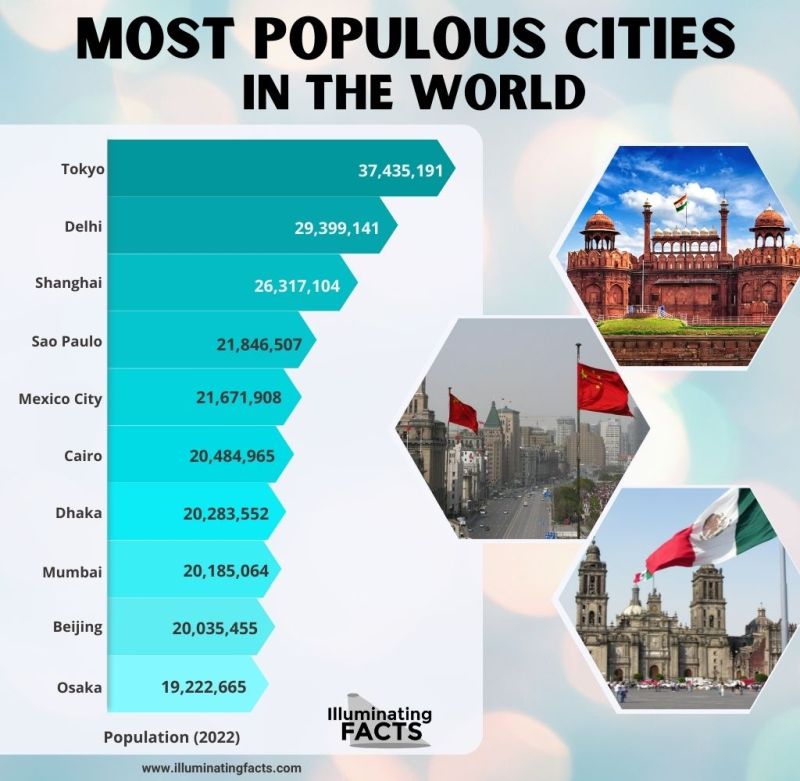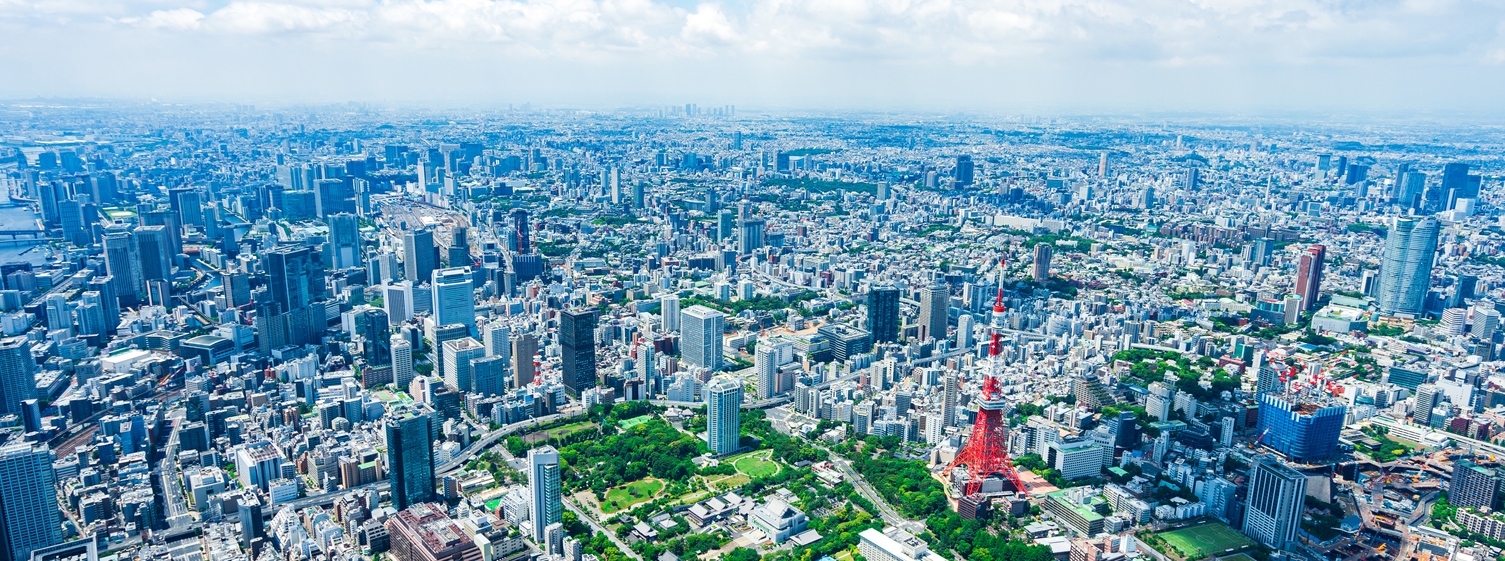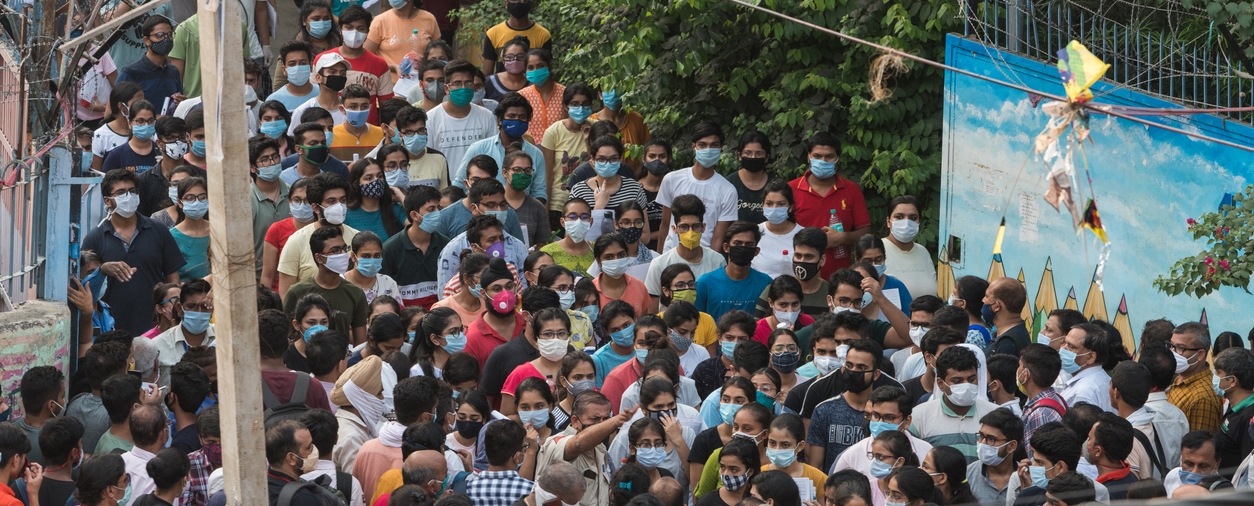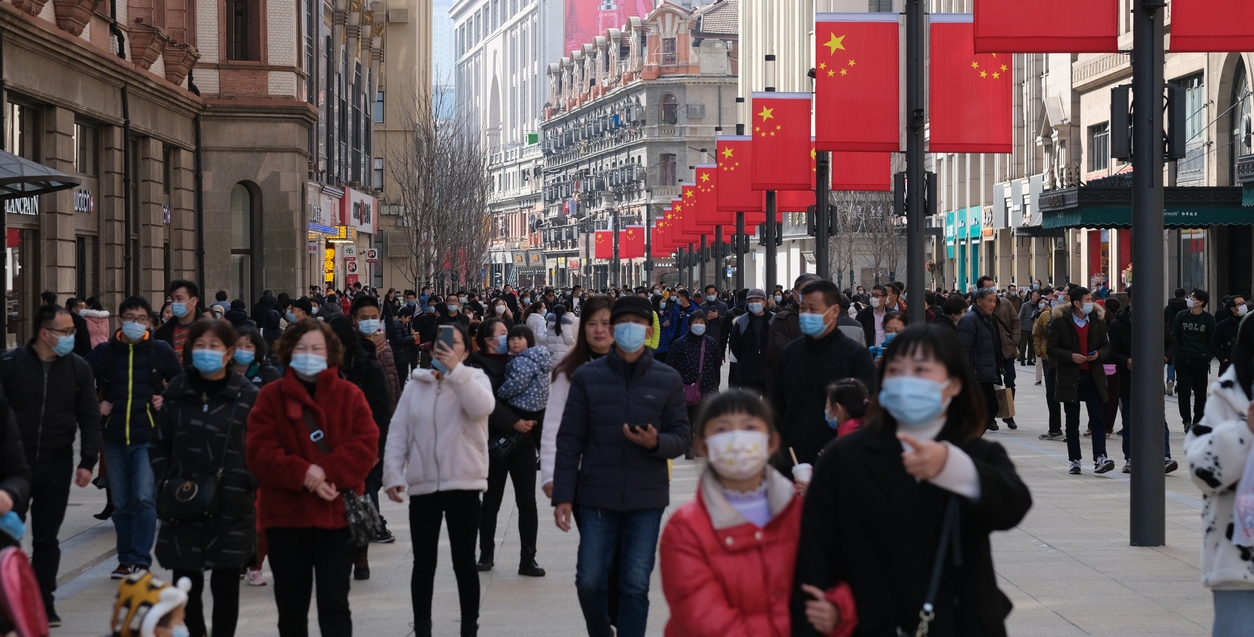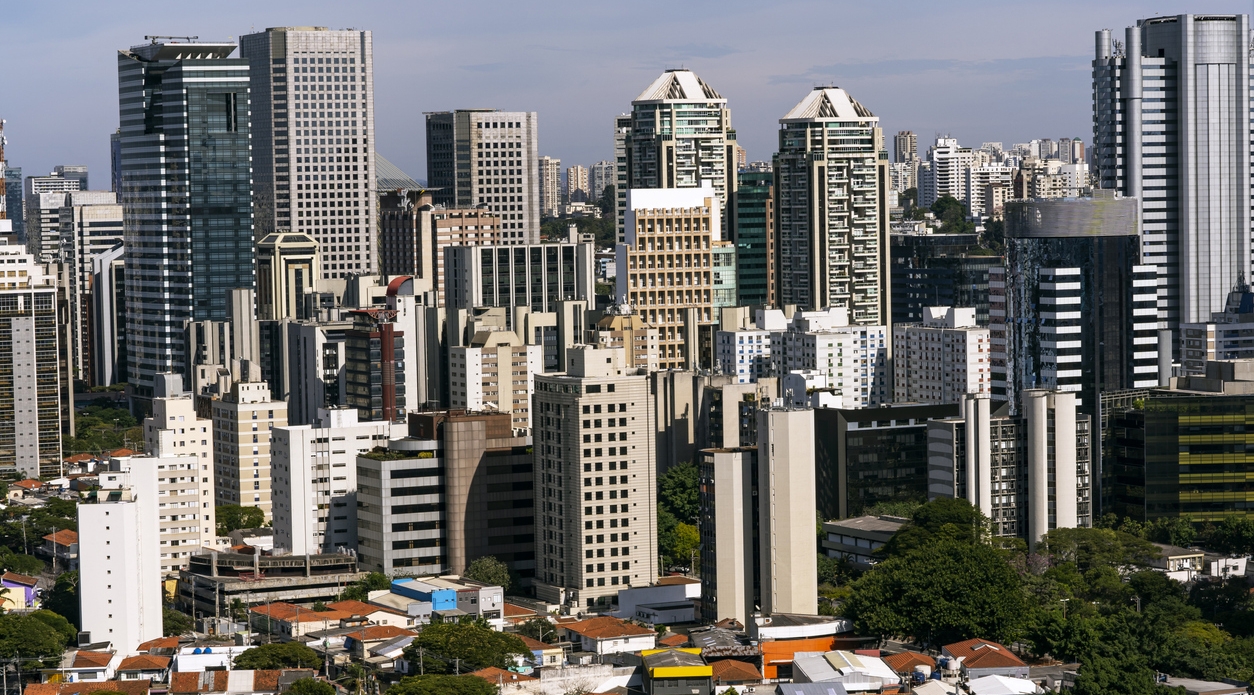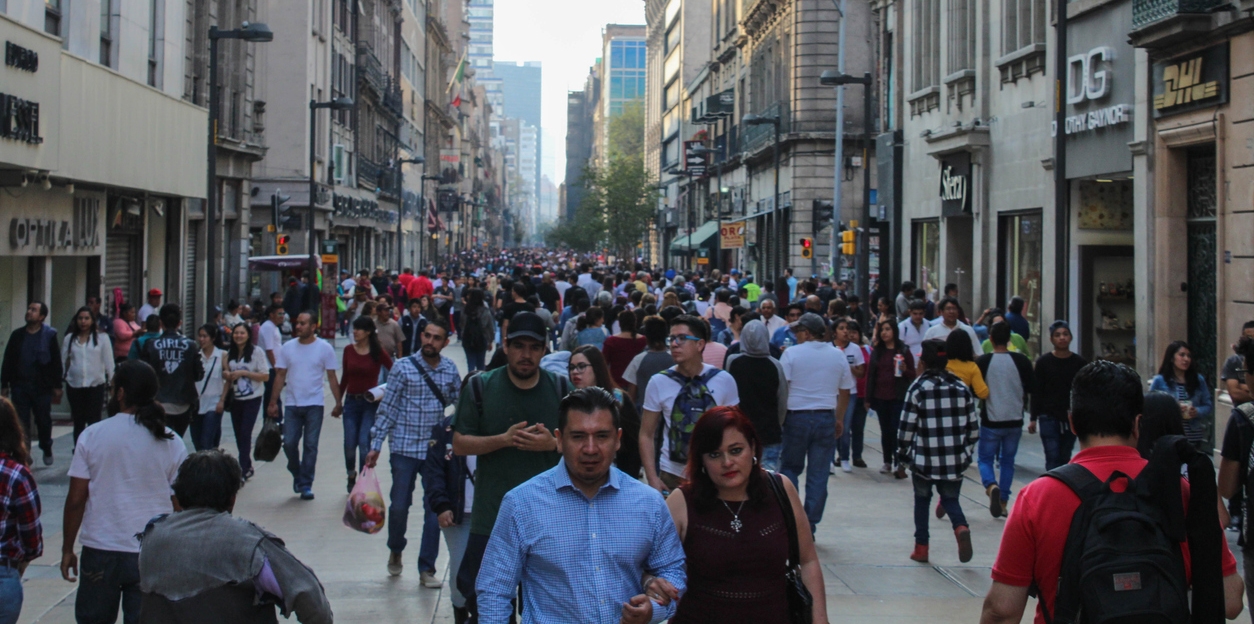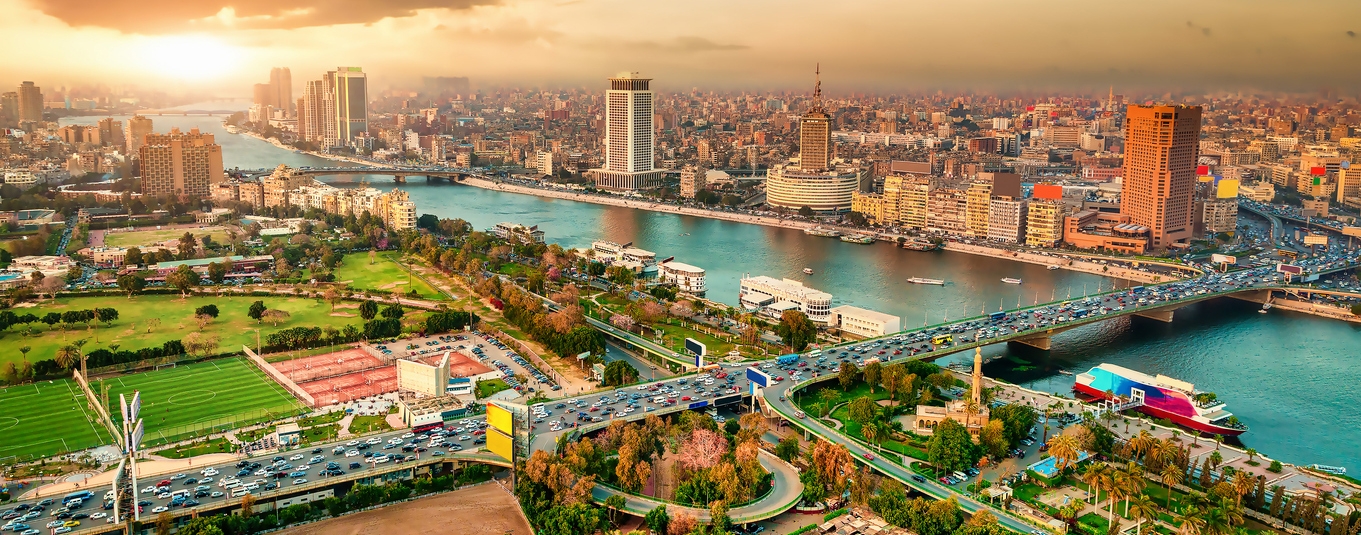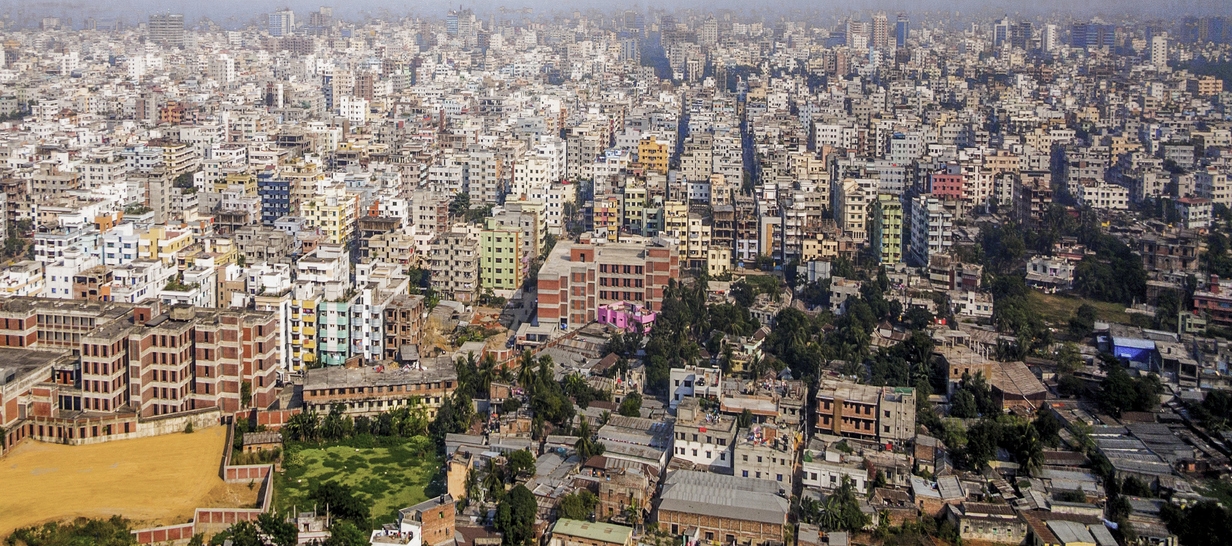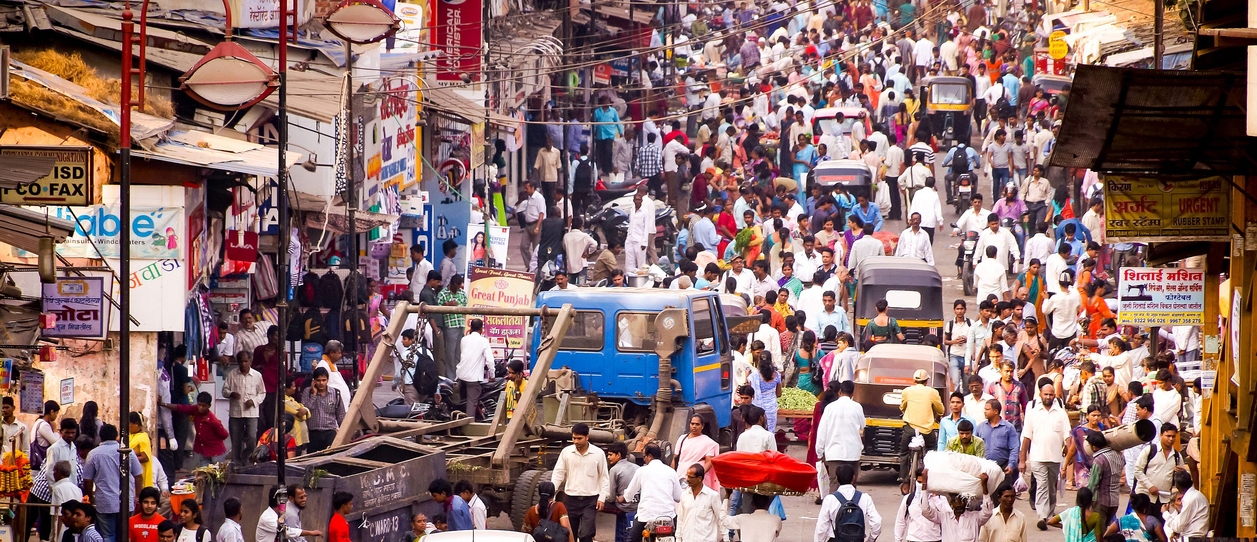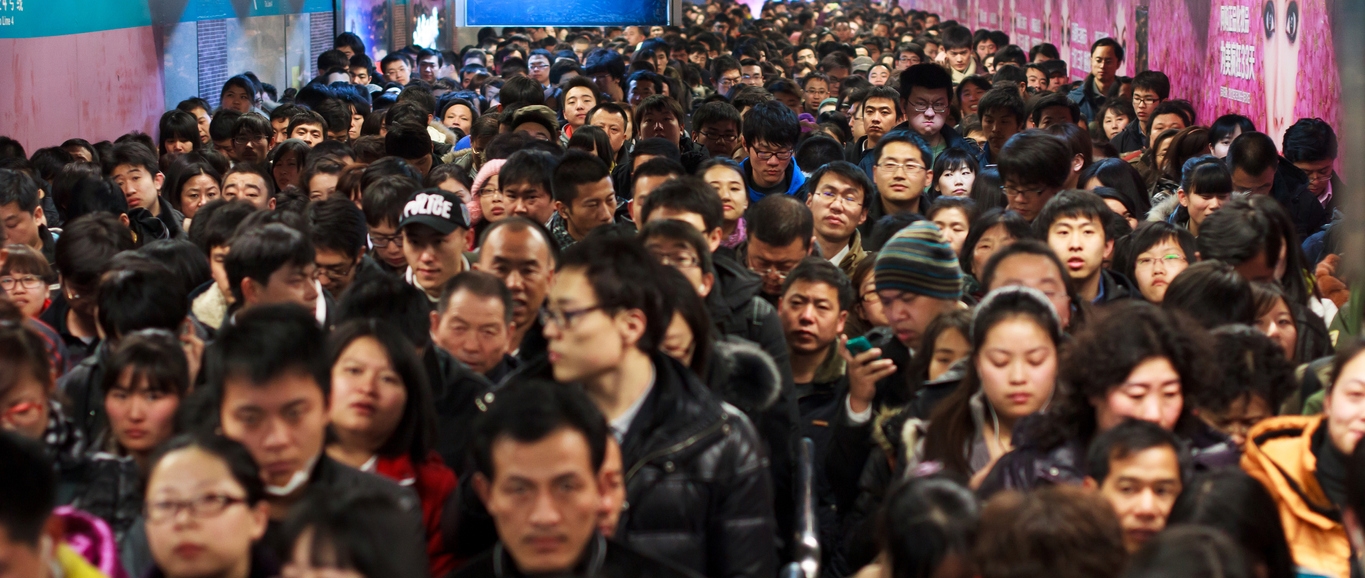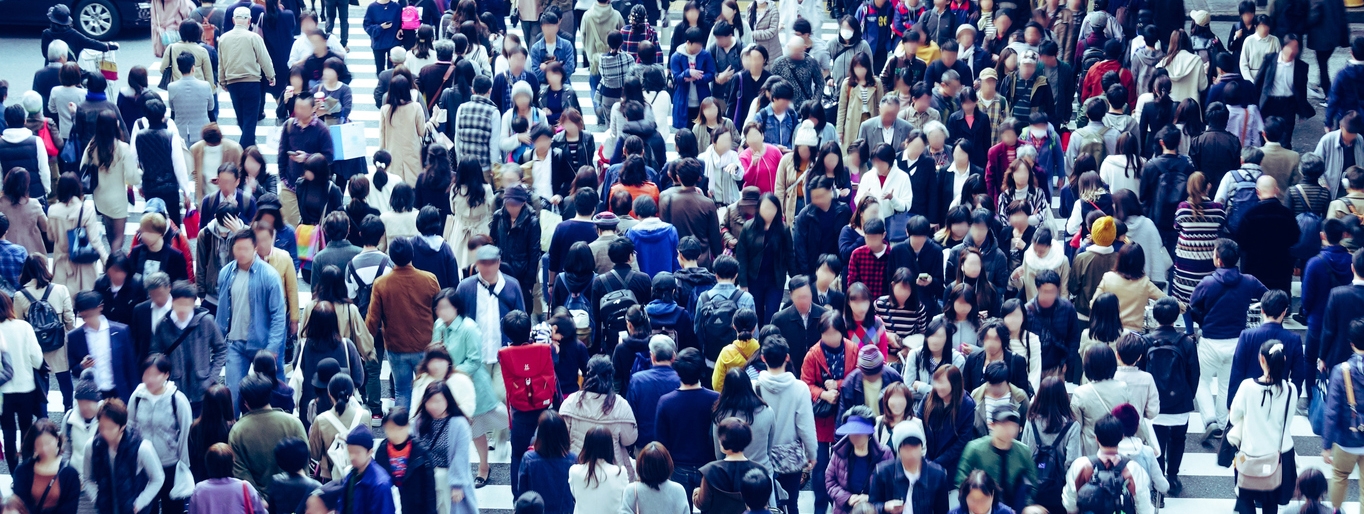With over 7.9 billion people on the planet, it’s no surprise that cities have become home to billions of people as well. You’d think that the most populous city in the world would be China or India, with their immense population. You’d be surprised to learn that Japan’s Tokyo holds the number one spot as the most populous city in the world.
Let’s learn about the top 10 most populated cities in the world.
Source: World Population Review [1]
1. Tokyo, Japan
Tokyo, Japan’s capital, is the world’s most populous city, with over 37 million people. It is located on the eastern side of Japan. As a major financial center, it has the fifth-largest gross metropolitan product in the world. Tokyo serves as the center of Japanese culture, education, politics, media, and economy. Tokyo includes 47 prefectures and has won multiple awards for safety and cleanliness.
The city was originally named Edo when Shōgun Tokugawa Ieyasu made it his headquarters in 1603. It wasn’t until 1869 that it was renamed Tokyo when Emperor Meiji moved his seat to Edo Castle and established the Empire of Japan.
2. Delhi, India
Delhi is the largest city in India by population, with a population of over 29 million. It is also the second-largest urban agglomeration in India after Mumbai and the largest city in terms of area. It is located on the banks of the river Yamuna and constitutes a part of India’s National Capital Region (NCR).
Delhi consists of two parts – Old Delhi and New Delhi. New Delhi is situated in the southwest part of Old Delhi. Old Delhi was established by the Mughal emperor Shah Jahan between 1638 and 1649 when he decided to shift his capital from Agra to Delhi. The new city was laid out according to an imperial design that included fortifications, palaces, and many mosques, with gardens and large open spaces for recreation.
3. Shanghai, China
Shanghai is the most populous city in China. Its urban area is home to 28 million people, making it the most populous urban area in the world. Located on the Huangpu River, a tributary of the Yangtze River, Shanghai has a population density of more than 16,000 people per square mile. [2]
Preliminary observations of its climate reveal that it has a humid subtropical climate with six distinctive seasons. The summer is hot and humid, while winters are cool and dry. The region sees an average of 4 inches of snow annually, more than any major Chinese city.
4. Sao Paulo, Brazil
Sao Paulo is located in the southeast of Brazil and was founded in 1554 by Jesuit missionaries. It is the largest city in the Southern Hemisphere and home to a large portion of Brazil’s population. [3]
Since it is Brazil’s financial, cultural, and industrial center, it is one of the most important cities in Latin America. Sao Paulo has a diverse economy that includes industry, services, commerce, and tourism. The city offers much to visitors, including numerous theaters and museums as well as shopping centers and restaurants.
5. Mexico City, Mexico
Mexico City is the most populous city in North America and the second-most populous city in Latin America (after São Paulo, Brazil). The GDP of Mexico City was $390 billion in 2017, and the GDP per capita was $43,700 that same year. The GDP growth rate for Mexico City was 3% in 2017, and its rank was the 27th highest out of the top 100 cities.
Mexico City has become one of the world’s most important cultural and business centers. Situated at an altitude of 2,240 meters (7,350 feet), Mexico City is located in the Valley of Mexico in the country’s heartland, a large valley in the high plateaus at the center of Mexico. The city consists of sixteen boroughs.
Mexico City was built on the ruins of Tenochtitlan, the ancient Aztec capital that was almost completely destroyed by stones and flames during the Spanish conquest of Mexico led by Hernán Cortés in 1521. The ruins of Tenochtitlan were discovered in 1978 under what is now Mexico City’s downtown; excavations continue to this day. [4]
6. Cairo, Egypt
Cairo is a city-governorate located in Egypt’s northern region, just south of the Mediterranean Sea. It is the largest city in Africa and the Arab world, with a population of 20.2 million in Greater Cairo. The population grew rapidly in the second half of the 20th century, and Cairo has become a center for industries and services.
Cairo is also known as the City of a Thousand Minarets because there are so many mosques. The city also features Coptic Christian landmarks, such as the Hanging Church, and Jewish ones, including Ben Ezra Synagogue.
The city’s main source of wealth comes from tourism (more than 12 million visitors a year), but it also earns foreign currency from being a transportation hub for passengers and cargo. Other sources of income include agriculture, media, natural gas, etc. [5]
7. Dhaka, Bangladesh
Dhaka is presently the seventh-most densely populated city in the world, with a population of over 20 million. It is also one of the most polluted. The city’s north side was once filled with rice paddies and mango groves, but now it houses thousands of factories manufacturing garments, pharmaceuticals, and electronics. Its south side is home to dozens of sprawling slums where residents who lack water or electricity live in makeshift tents made out of bamboo and plastic tarps. The city’s center is a jumble of colonial-era architecture, bustling bazaars, and shiny new shopping malls.
Dhaka has been Bangladesh’s capital since 1971, when it replaced Murshidabad as the Mughal Empire’s provincial headquarters for Bengal. In addition to being an economic hub for its country, Dhaka is also a cultural center; its many museums celebrate artists from throughout South Asia. As Bangladesh’s capital city, Dhaka contains many national monuments and institutions, including parliament houses, national museums, etc.
8. Mumbai (Bombay), India
Mumbai also has a population of about 20 to 21 million, making its population density around 73,000 per square mile. As the financial capital of India and home to the Bombay Stock Exchange — one of the world’s largest stock exchanges — Mumbai is a very important city for India. It is also home to the world’s largest tropical forest in an urban area: Sanjay Gandhi National Park.
9. Beijing, China
Beijing is both the capital and the ninth-most populous city of China, with over 21 million people. Beijing is a huge metropolis located in northern China. The city is governed as a municipality under the direct administration of the central government with 16 urban, suburban, and rural districts. Beijing is surrounded by Hebei Province except for neighboring Tianjin to its southeast.
In addition to being China’s capital, Beijing is an important world capital and center of international affairs. It is one of the world’s leading centers for politics, economy, business, finance, education, culture, innovation and technology, architecture, language, and diplomacy.
10. Osaka, China
Japanese city Osaka is the third-largest in Japan, located on the island of Honshu. It is also known as “the nation’s kitchen” because of its role as a center for food distribution. This city is a major port and commercial center in western Japan with a large concentration of manufacturing industries. In addition to being an important port city and industrial hub, Osaka is also a center for commerce and higher education.
Conclusion
If you have been following the news, you may have heard that by 2050, almost 70% of people in the world will live in cities [6]. While this is true for the world as a whole, it is not true for all regions. In fact, urbanization rates in developed countries such as Europe and North America are very low—or even negative. This means their cities are shrinking or growing more slowly than their populations not living in urban areas.
In contrast, developing countries will continue to experience rapid urban growth over the same period of time. For example, Africa’s urban population will grow from 40% to 56%, while Asia’s will grow from 45% to 60%. North America, Latin America and the Caribbean, and sub-Saharan Africa are expected to account for most of the global increase in the total number of city dwellers between now and 2050. Since 2007, more than half of the world’s population has lived in cities, and that share is projected to rise to 60% by 2030. [7]
References
- https://worldpopulationreview.com/world-cities
- https://www.macrotrends.net/cities/20656/shanghai/population
- https://www.thoughtco.com/the-history-of-sao-paulo-2136590
- https://www.discovermagazine.com/the-sciences/the-great-aztec-temple
- https://globaledge.msu.edu/countries/egypt/economy
- https://www.worldbank.org/en/topic/urbandevelopment/overview
- https://unstats.un.org/sdgs/report/2019/goal-11/

